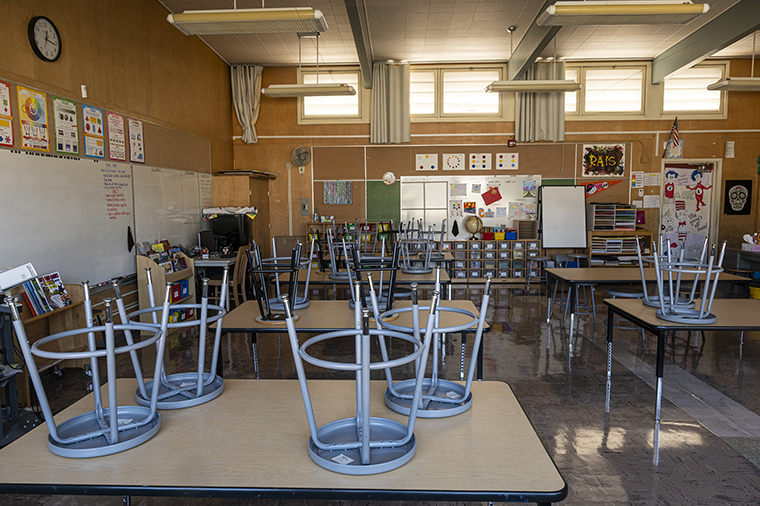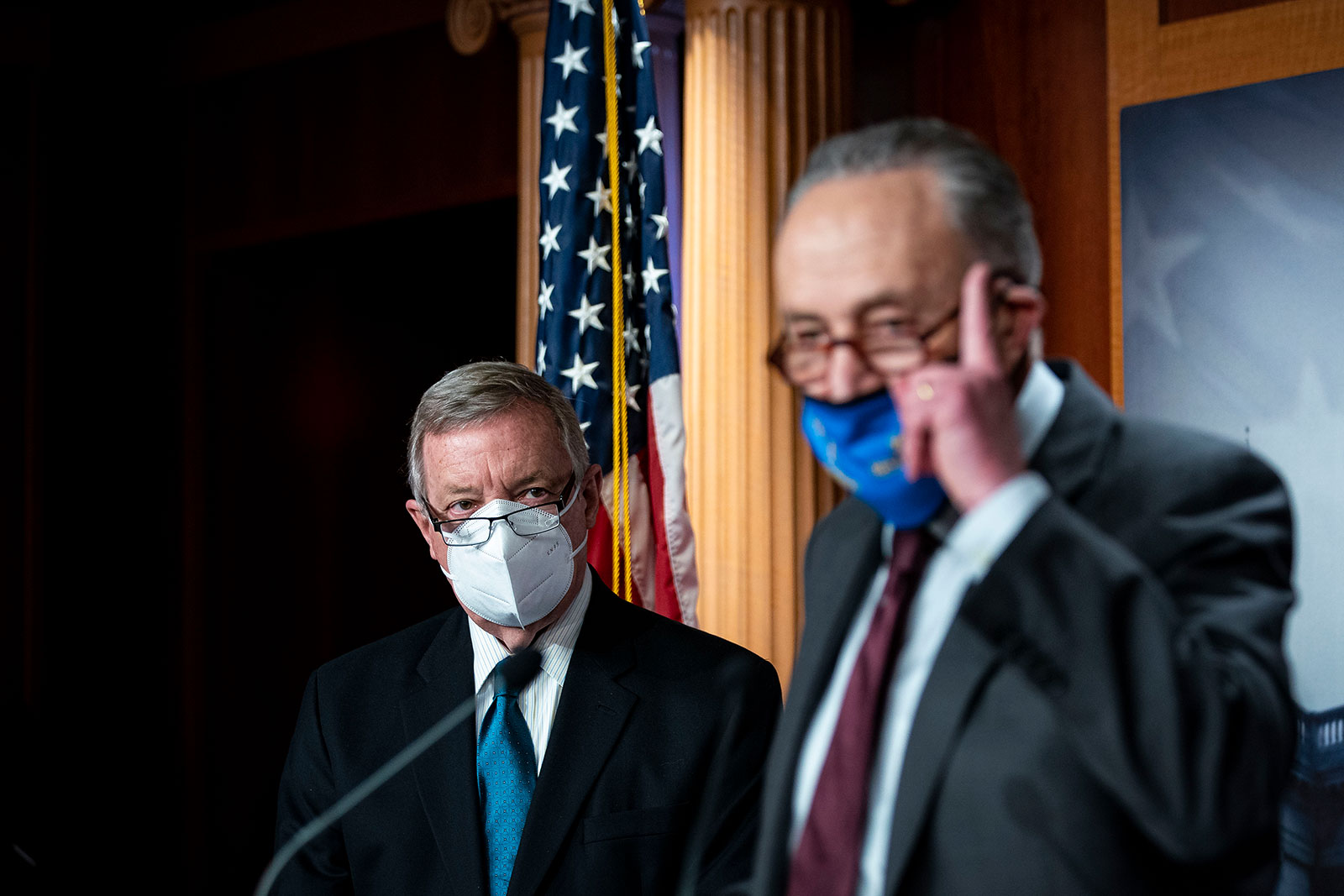Two doses of coronavirus vaccine protect people better against coronavirus variants than just one dose, CDC experts said Monday.
The B.1.351 variant first seen in South Africa has the most worrying effects on the ability of vaccines to produce an immune response, the CDC’s Dr. Heather Scobie told a meeting of the CDC’s Advisory Committee on Immunization Practices.
But there are concerns about the B.1.1.7 variant first seen in the UK, as well as a variant common in Brazil known as P2.
She said the CDC has reviewed many of the studies – some published, others released as unreviewed pre-prints – on how the variants allow the virus to evade immune responses.
“Five studies have shown that postponing the second mRNA dose may leave some people less protected against the SARS-Cov-2 variants,” Scobie told the ACIP meeting. The Moderna and Pfizer/BioNTech vaccines are mRNA vaccines.
“All of the studies showed improved neutralization of B.1.1.7 and B.1.351 after the second vaccine dose,” she added. “In a few studies, people who had recovered from Covid-19 and received one vaccine dose had moderate protection against B.1.351.”
There are indications that people’s immune responses grow stronger over time after vaccination, Scobie said.
“Antibody responses to B.1.1.7 and B.1.351 improved slightly by week three,” she said.
Real-life studies also give some clues about how well the vaccines will protect people from the variants.
“The Pfizer vaccine was shown to have high real world effectiveness of 86% against symptomatic and asymptomatic disease in the UK and 84% against symptomatic disease in Israel during times when B.1.1.7 was prevalent,” Scobie said.
Protection provided by the one-dose Johnson & Johnson vaccine varied from 74% in the US to 66% in Brazil at a time when most cases were caused by the P2 variant. During clinical trials in South Africa, where the B.1.351 variant was almost the only circulating virus, Johnson & Johnson vaccine efficacy was 52%. But that’s against mild to moderate disease. It provided between 73% and 82% efficacy against severe disease no matter which variant was the most common.
“Importantly, the Janssen vaccine demonstrated similar vaccine efficacy against severe, critical disease across all three countries,” Scobie said.



